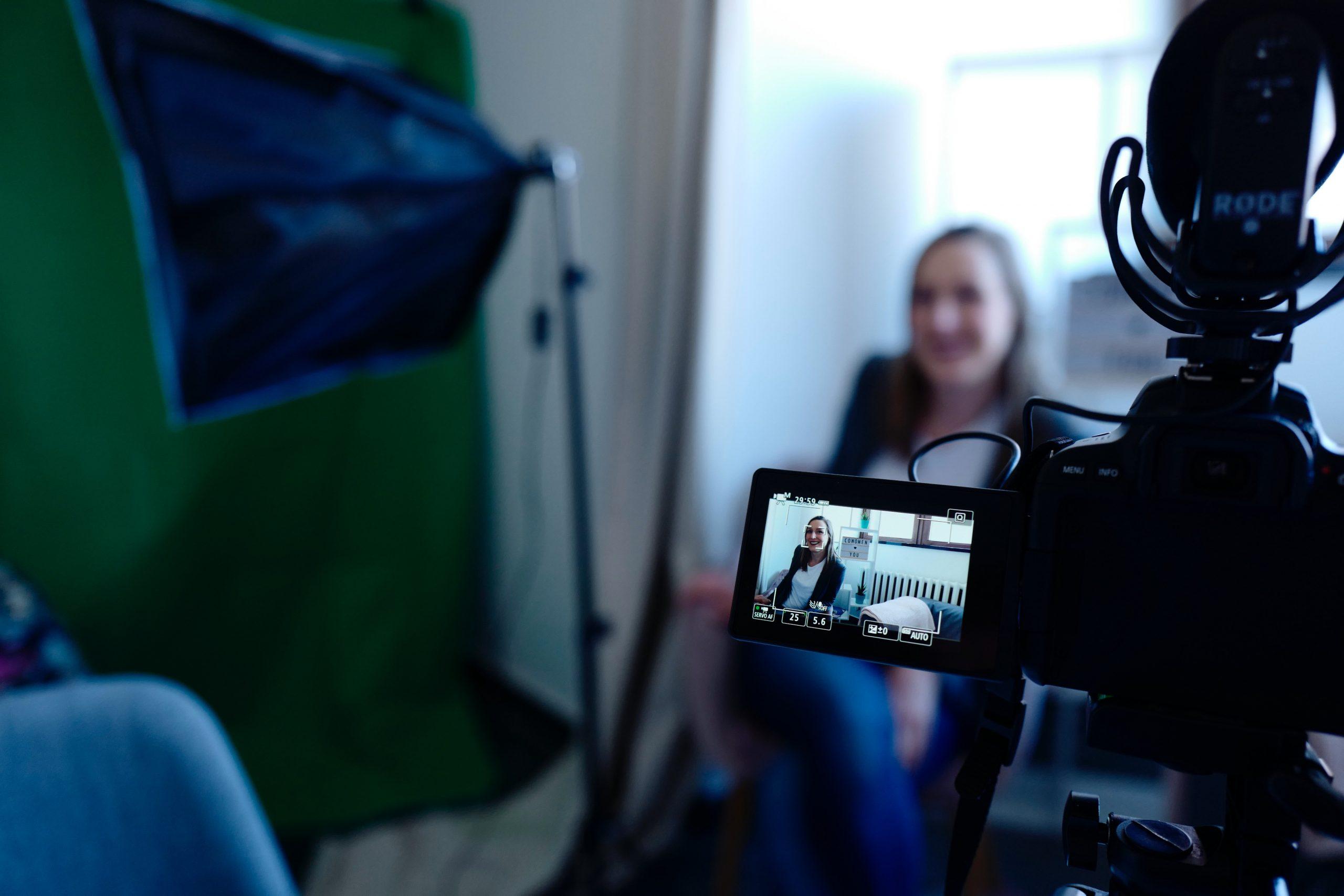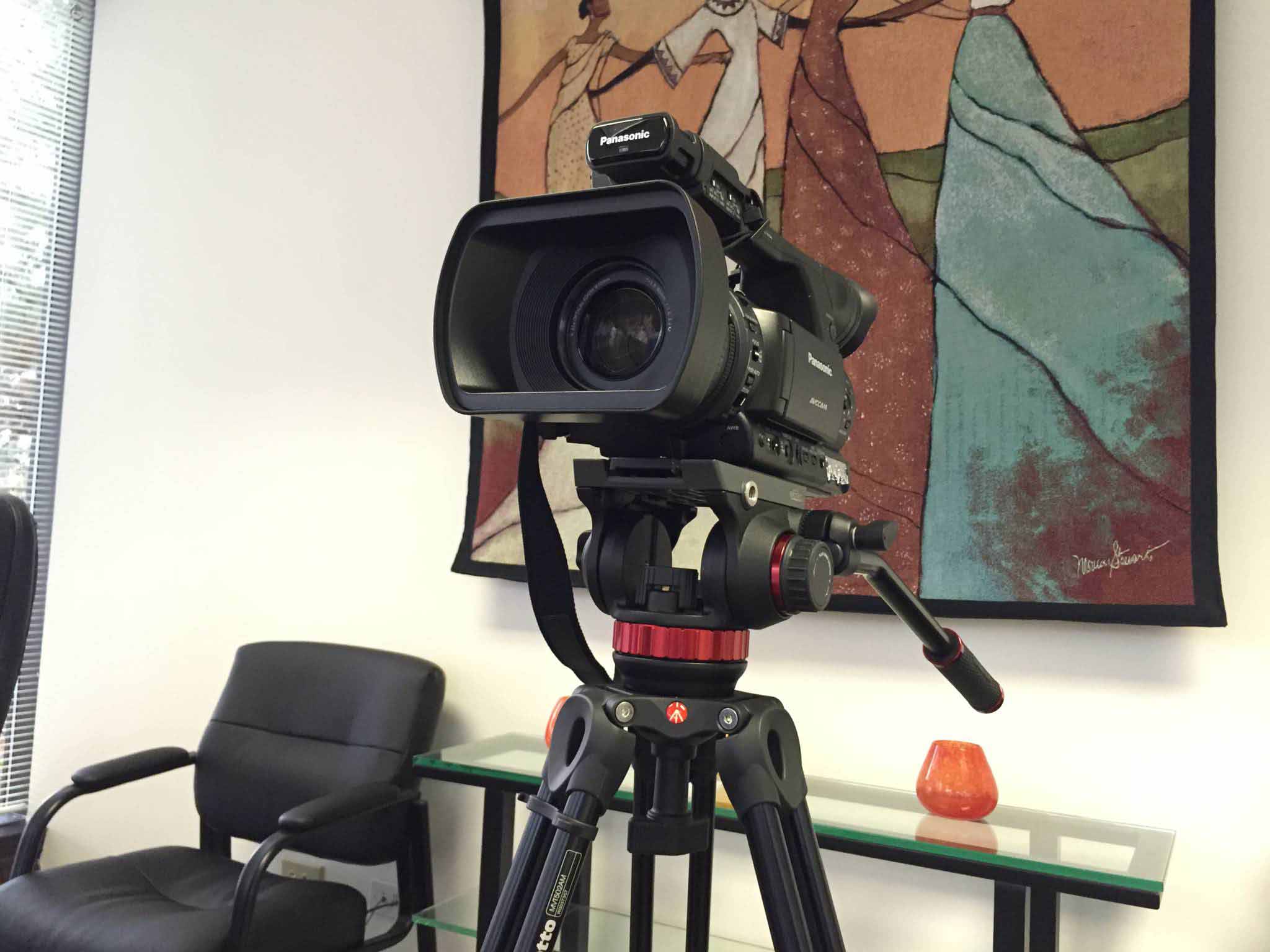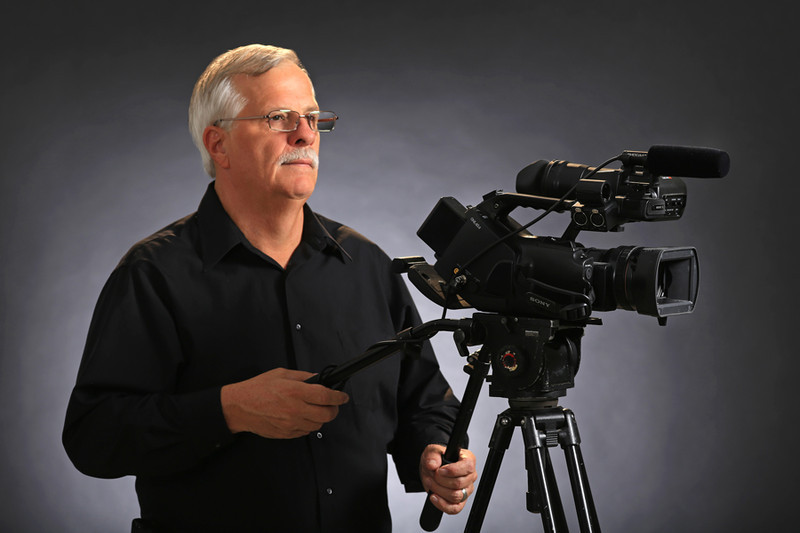Tailored Legal Videography for Law Firms.
Tailored Legal Videography for Law Firms.
Blog Article
The Function of Legal Videography in Depositions and Tests
Lawful videography has emerged as an important tool in both depositions and tests, supplying a multifaceted method to documenting witness statements. By capturing not just the talked word but additionally the nuances of non-verbal communication, this tool enhances the reputation of statements and preserves critical proof for future proceedings (legal videography). As lawyers increasingly acknowledge its value, it motivates a deeper exam of exactly how these visual documents can influence juror assumptions and trial outcomes. What ramifications might these growths hold for the future of lawful technique?

Significance of Lawful Videography
Legal videography plays a crucial role in the documents and presentation of depositions and trials. This specialized area integrates technological abilities with legal knowledge to produce a dependable record of procedures that can substantially influence case results. The appearance of lawful videography enhances the understanding of witness testimony, allowing jurors and courts to observe not just the talked words yet also the behavior, feelings, and body movement of the witnesses.
On top of that, legal videography gives an unbiased account of events, decreasing the capacity for false impression that can happen with written transcripts alone. This visual documentation functions as a crucial tool throughout trial presentations, assisting in a clearer and more persuasive story for both complainants and accuseds. Moreover, the capability to replay video clip sections throughout court process enables lawful teams to highlight crucial factors, strengthening their debates efficiently.
The value of legal videography prolongs beyond the court room; it likewise plays an essential function in preserving proof for future recommendation, whether for allures or additional lawsuit. As such, its combination into the legal procedure is vital for ensuring a reasonable and accurate representation of the realities, ultimately adding to the pursuit of justice.

Refine of Legal Videography
While capturing the nuances of depositions and tests, the process of legal videography entails numerous crucial steps that make certain top notch, exact recordings. Initially, an expert legal videographer prepares by examining the instance products and recognizing the specific requirements of the deposition or trial. This preparation consists of familiarizing themselves with the individuals and the context, which helps in catching essential information.
On the day of the recording, the videographer establishes the needed devices, which normally consists of high-definition video cameras, microphones, and proper lighting. Ensuring optimum angles and audio high quality is vital, as it directly impacts the efficiency of the recording. The videographer interacts with attorneys and participants to develop methods, making sure that everybody understands the recording procedure.
Throughout the deposition or test, the videographer diligently tapes the procedures, paying close attention to both spoken and non-verbal hints. This includes catching the demeanor and reactions of witnesses and attorneys. After the session ends, the videographer might edit the video footage for clearness and compliance with lawful requirements, generating a final product that properly reflects the process for future recommendation and use in lawful contexts.
Benefits in Depositions
The incorporation of videography in depositions uses various benefits that improve the overall procedure of gathering evidence. One primary benefit is the capacity to capture witness testaments with visual and acoustic fidelity, supplying a more exact representation of the witness's disposition, tone, and body movement. This multidimensional method permits attorneys and courts to assess reputation better than traditional written records alone.
Additionally, videographed depositions function as an effective tool for protecting statement. Should a witness become unavailable for test, their taped deposition can be played in court, guaranteeing that their proof remains available and pertinent. This aspect substantially lowers the risk of shedding crucial information that might influence case outcomes.

Last but not least, videography boosts the general expertise of the deposition procedure, instilling confidence in clients concerning the thoroughness of their legal depiction (legal videography). By leveraging modern technology, attorneys can considerably improve the effectiveness of depositions
Effect On Tests
In lots of trials, the integration of videography can dramatically affect the presentation of proof and the jury's perception. Lawful videography catches witness testimonies and crucial proof in a dynamic format, permitting jurors to engage with the product on several levels. This aesthetic element boosts the narration aspect of a test, offering context and emotional vibration that typical text-based proof may do not have.
Furthermore, video clip site here recordings can act address as effective tools for impeachment throughout cross-examination. When discrepancies occur in between a witness's prior statements and their court statement, video evidence provides an objective referral that can sway jurors' opinions. This immediacy and quality can reinforce the reliability of a party's narrative while all at once undermining opposing debates.

Future Trends in Legal Videography
As we look towards the future of legal videography, several emerging trends promise to reshape its function within the court. One substantial fad is the combination of expert system (AI) in video analysis and editing. AI can improve the process of identifying key minutes in videotaped depositions, permitting attorneys to rapidly access relevant web content, therefore boosting efficiency in instance prep work.
Furthermore, the rise of digital truth (VR) and augmented fact (AR) innovations is expected to change how jurors experience proof. legal videography. By submersing jurors in a simulated setting, these innovations can offer an extra profound understanding of complex circumstances, causing even more enlightened considerations
Furthermore, the increasing need for remote depositions, accelerated by the COVID-19 pandemic, will likely proceed. Legal videographers will certainly need to adjust to new software application and platforms to make certain high-grade recordings in online setups.
Finally, the expanding emphasis on information safety and security will certainly necessitate more stringent protocols for saving and sharing video proof. As the lawful landscape develops, lawful videographers should remain abreast of these trends to preserve their importance and effectiveness in the judicial procedure.
Conclusion
In summary, legal videography serves an important feature in the judicial procedure, boosting the honesty of depositions and trials. As modern technology proceeds to evolve, legal videography is poised to additional transform its function within the legal landscape.
Report this page